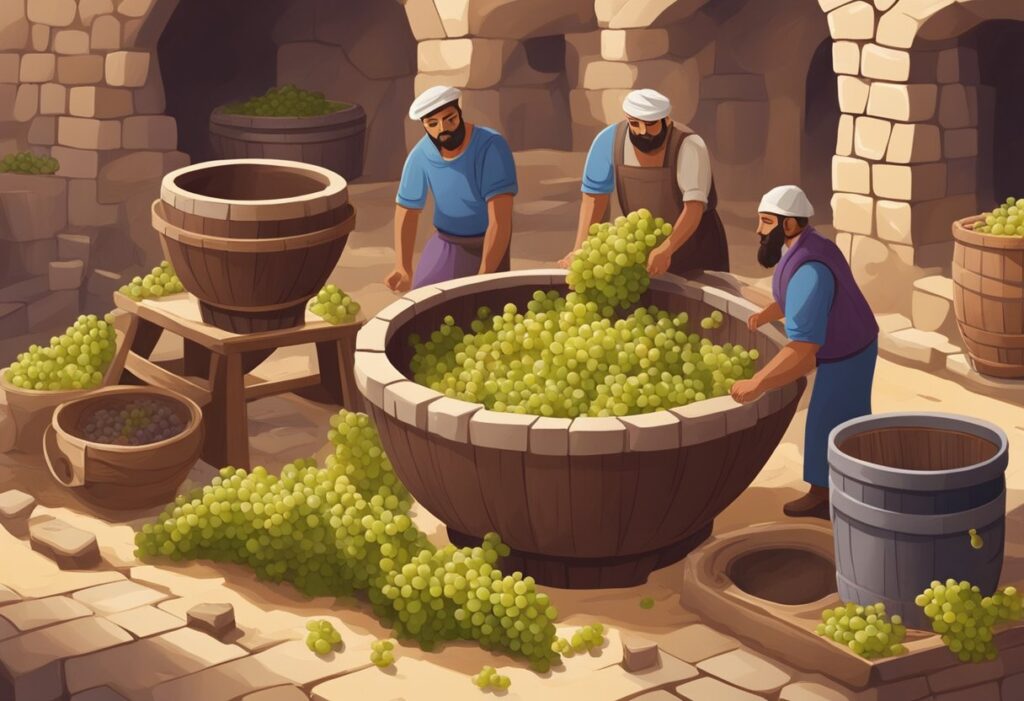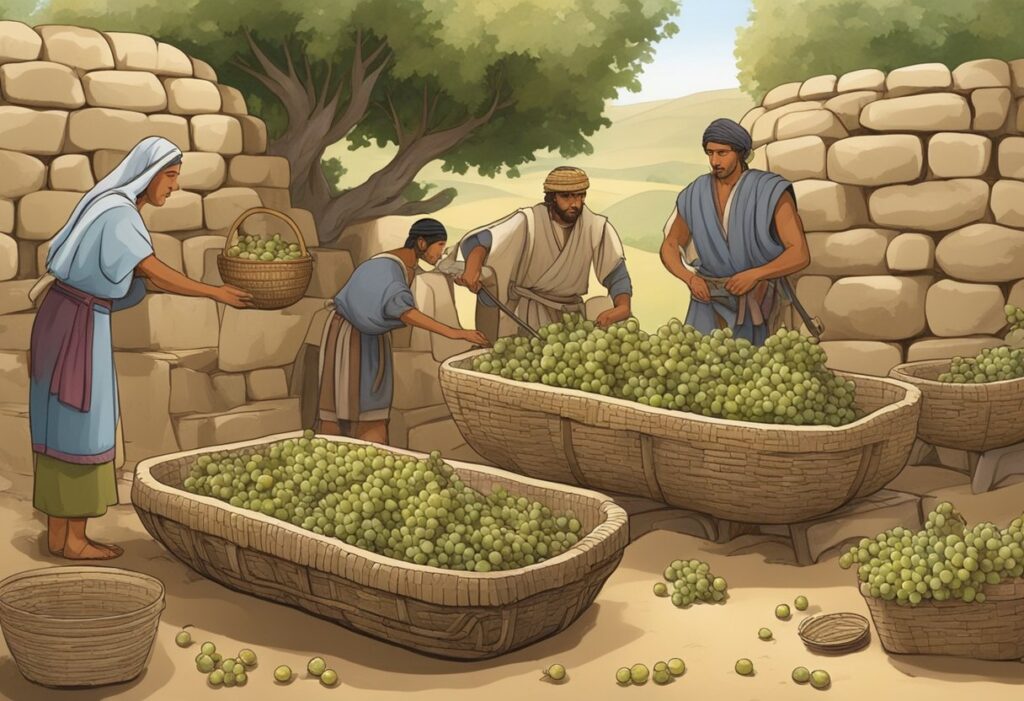When you think about the growth and power of historical empires, wine might not be the first thing that comes to mind. Yet, wine played a significant role in economic prosperity and social status. Empires like France and Spain used wine not just as a beverage but as a catalyst for trade and expansion. The profits from vineyards and wine trade contributed greatly to the wealth and influence of these empires.
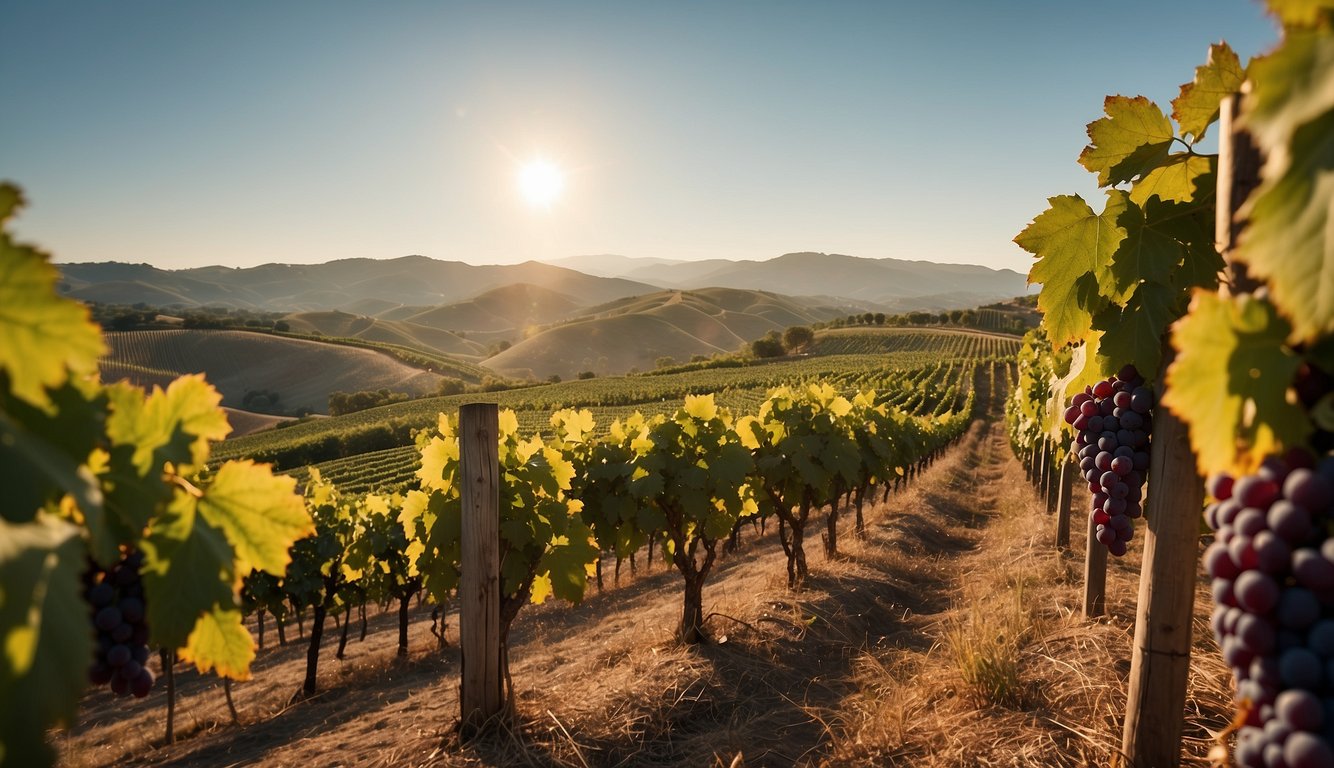
Imagine a world where wine was more than a drink—it was a symbol of power and prestige. Wealthy landowners and empires invested heavily in vineyards, creating a thriving market that spanned continents. The impact of wine on society was profound, influencing trade routes and socio-economic structures. Wine production became intertwined with the fortunes of empires, boosting their economic power and cultural influence.
In North America, the development of vineyards by groups like the French Huguenots shows how wine’s economic impact reached far and wide. These settlers contributed to agricultural development, creating new opportunities and wealth in the Carolinas. The journey of wine from a local product to an international commodity highlights its importance in shaping historical economies and societies.
The Historic Vine: From Ancient Times to Modern Prosperity
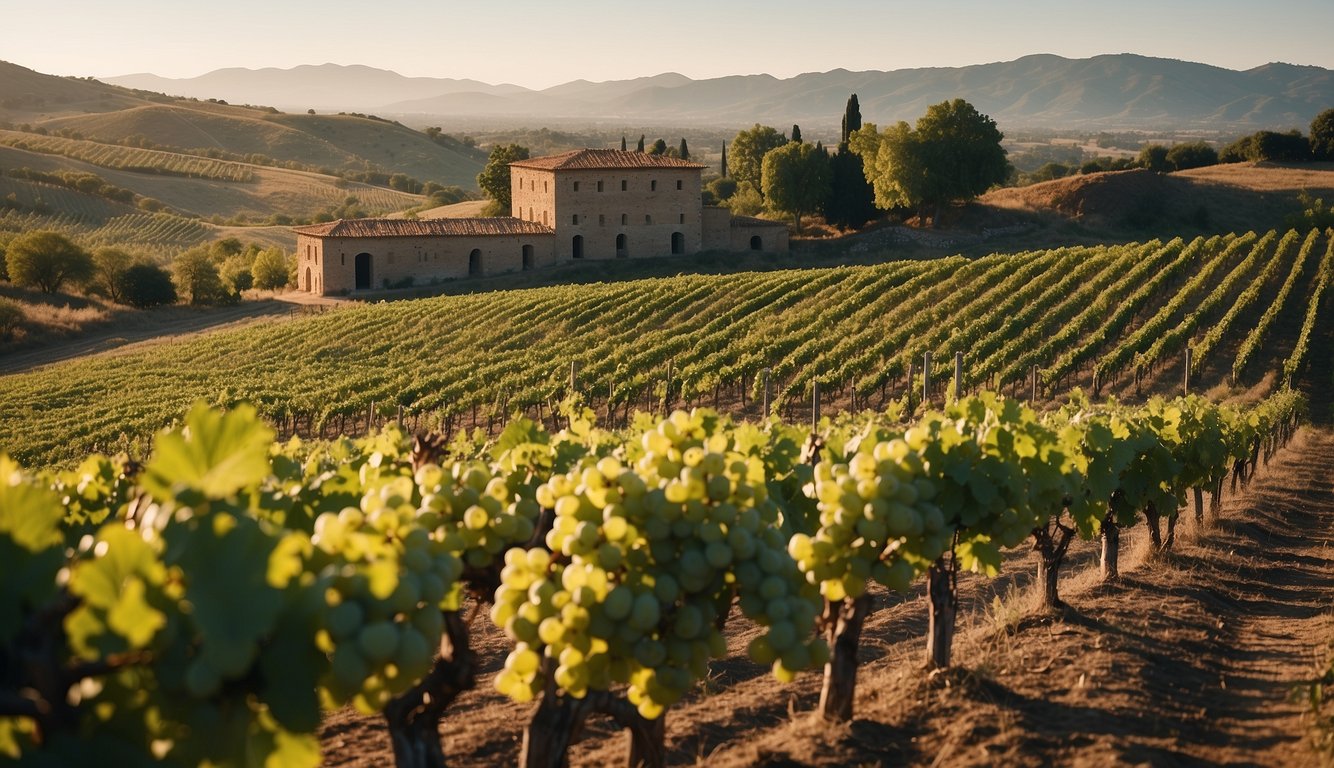
Ancient civilizations recognized the economic potential of wine. Vineyards boosted wealth, expanded empires, and transformed agriculture and land use.
Viticulture and Empire Building
Wine cultivation began in ancient regions like Mesopotamia and Egypt. The cultivation of grapes and production of wine were crucial to the economic strength of these early societies. The ancient [Sumerians](https://thewinearc.co.za/the-fascinating-history-of-wine/) utilized the fertile lands of the Tigris and Euphrates rivers to grow grapes, leading to the development of organized vineyards.
As empires expanded, wine became a symbol of wealth and a way to demonstrate power. Ancient Romans perfected viticulture techniques, spreading them throughout their conquered lands. Grape growing and winemaking became sophisticated industries, contributing significantly to the prosperity of regions like Gaul (modern France) and Hispania (modern Spain).
The demand for quality wine created a robust trade network. Roman amphorae, used to transport wine, were found across Europe, Africa, and the Middle East. You can see how wine helped these empires establish long-lasting economic connections and cultural influence.
The Role of Wine in Agriculture and Land Use
The successful cultivation of Vitis vinifera (the common grapevine) transformed agricultural practices. Vineyards required specific terroir, involving soil, climate, and terrain. This specialization led to the careful selection and management of lands best suited for grape growing.
In regions like Georgia, Iran, and Greece, vineyards evolved from small family farms to expansive estates. This shift not only increased the availability of wine but also encouraged innovations in crop management and irrigation techniques. The agricultural knowledge gained through viticulture spread to other crops, boosting rural economies.
Phylloxera, a pest that struck vineyards in the 19th century, forced winegrowers to rethink their practices. The development of phylloxera-resistant grapevines saved the industry and led to modern advancements. Wine’s influence on agriculture and land use remains evident today, showcasing its historical and ongoing importance to economic prosperity.
Economic Fermentation: Wineries and Wealth Creation
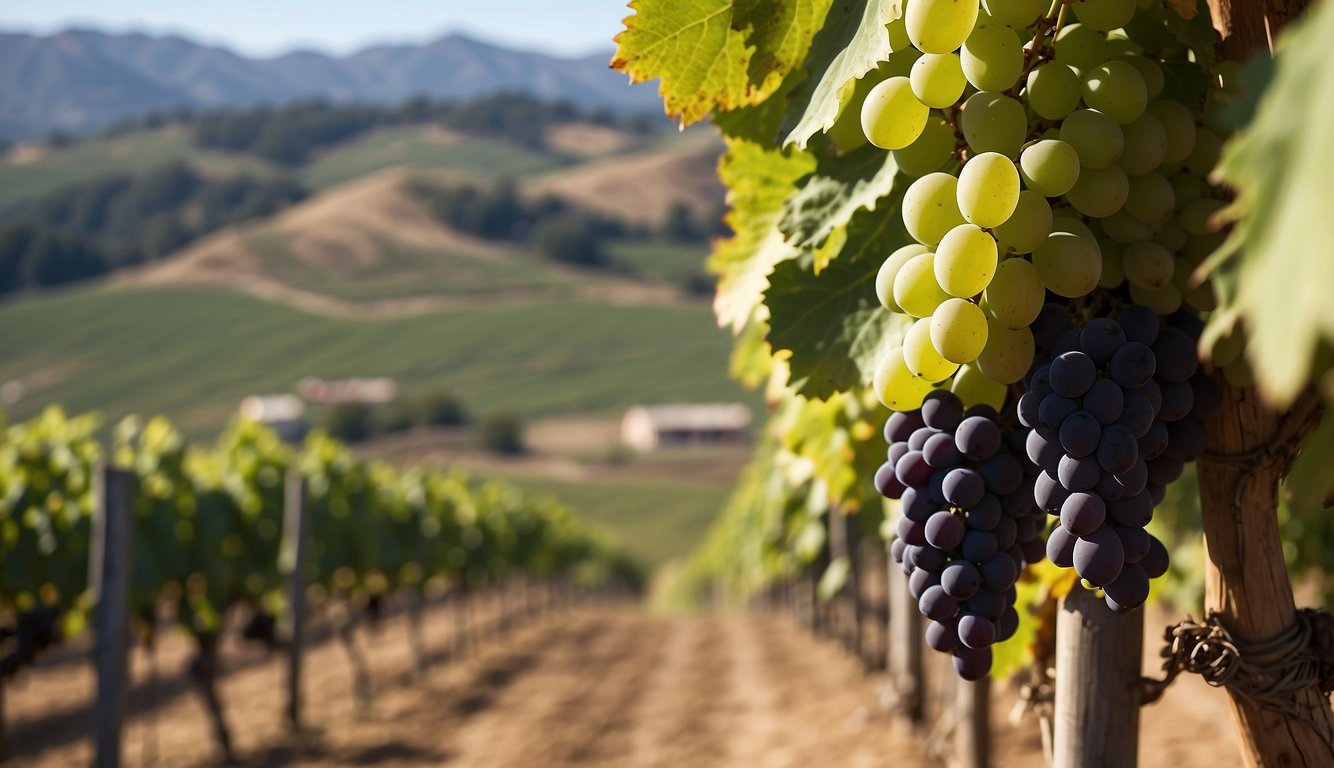
Wineries have historically been a hub of economic activity, creating jobs and driving local economies. They also contribute significantly to tourism and various sectors, fueling broader economic effects beyond just the production and sale of wine.
The Business of Winemaking
Running a winery is a complex business. From the cultivation of winegrapes to the vinification process, there are numerous stages that involve both manual labor and advanced technology. Wineries sell their products through various market channels, including retail and wholesale options. The total economic impact is significant, with the U.S. wine industry generating over $276 billion annually for the American economy.
Job Creation and Local Economies
Wineries provide extensive job opportunities in local communities. Vineyards and wineries directly employ thousands in positions ranging from vineyard workers to salespeople. U.S. vineyards alone employ 55,902 people in winegrape growing. Job creation in this industry helps support local economies, where related industries—like restaurants, bars, and retail stores—benefit from increased business.
The Ripple Effect of Wine Production
Wine production has far-reaching effects, supplying various sectors with jobs and services. Wine tourism brings travelers to regions known for their wineries, boosting local businesses such as hotels and restaurants. The sale and export of wine contribute to federal taxes and insurance industries. Moreover, wine bottles and labels cater to the retail market and symbolize quality and status, adding to the overall economic landscape.
These aspects demonstrate how wineries not only enhance local wealth but also generate a wider array of economic benefits. The intertwining of business, job creation, and ripple effects underscores the importance of wine production in economic growth.
Cultivating Success: The Intersection of Wine and Education

Education plays a crucial role in advancing wine production and ensuring the sustainability and innovation of vineyards. Your understanding of viticulture and enology can lead to better investment decisions and improve the quality of grapes and wine.
Wine Production Research and Advancements
Wine production benefits greatly from ongoing research and education. For vineyards, research into grape varieties, climate impact, and soil health is essential. Institutions like Texas Tech offer specialized programs in viticulture and enology, contributing to the success of local wine regions.
Innovation in wine production often comes from educated wine producers who apply new techniques and technologies. For instance, sustainable practices are increasingly adopted to maintain vineyard health and reduce environmental impact, enhancing both quality and profitability.
Knowledge gained from formal education in wine production aids you in making informed investment choices in vineyards and wineries. Understanding specific American Viticultural Areas (AVAs) and their unique climates helps in selecting the best regions for grape cultivation.
Overall, the combination of education and practical experience is key to success in the wine industry. Being well-versed in the science of viticulture empowers you to tackle challenges and seize opportunities in wine production.
Regional Resplendence: American Viticultural Areas

American Viticultural Areas (AVAs) have become notable for their unique soils, climates, and elevations, significantly shaping the American wine industry. In particular, California’s Napa Valley and other renowned U.S. wine regions have set benchmarks for viticulture excellence and tourist attractions.
California’s Majestic Napa Valley
In California, the famed Napa Valley stands out as a jewel in the American wine industry. The valley’s Cabernet Sauvignon is renowned worldwide. Napa Valley’s climate, combined with its unique soil composition, creates perfect conditions for high-quality vineyards.
The region saw considerable growth post-Prohibition, with innovative winemaking techniques. Wine cellars here often store age-worthy red wines, awaiting international acclaim.
Napa Valley not only boosts the United States’ wine reputation but also draws numerous tourists annually. They come to experience vineyard tours and taste the wines directly from the source. It’s a place where history, viticulture, and modern tourism intersect.
Exploring Other Renowned U.S. Wine Regions
Beyond Napa, other U.S. regions also shine. Sonoma in California rivals Napa with diversified wines and scenic vineyards. Washington State, boasting a significant number of AVAs, offers unique red wine productions influenced by its diverse landscape.
Texas and New York also present important AVAs. New York, particularly around the Great Lakes, has a long viticultural history stretching back to the American Revolution. Texas vineyards are gaining recognition for their bold innovations and growing wine culture.
U.S. wineries, supported by organizations like WineAmerica, continue to push boundaries. These regions reveal the flourishing expansion and richness of American viticulture.
The Socio-Economic Impact of Winemaking
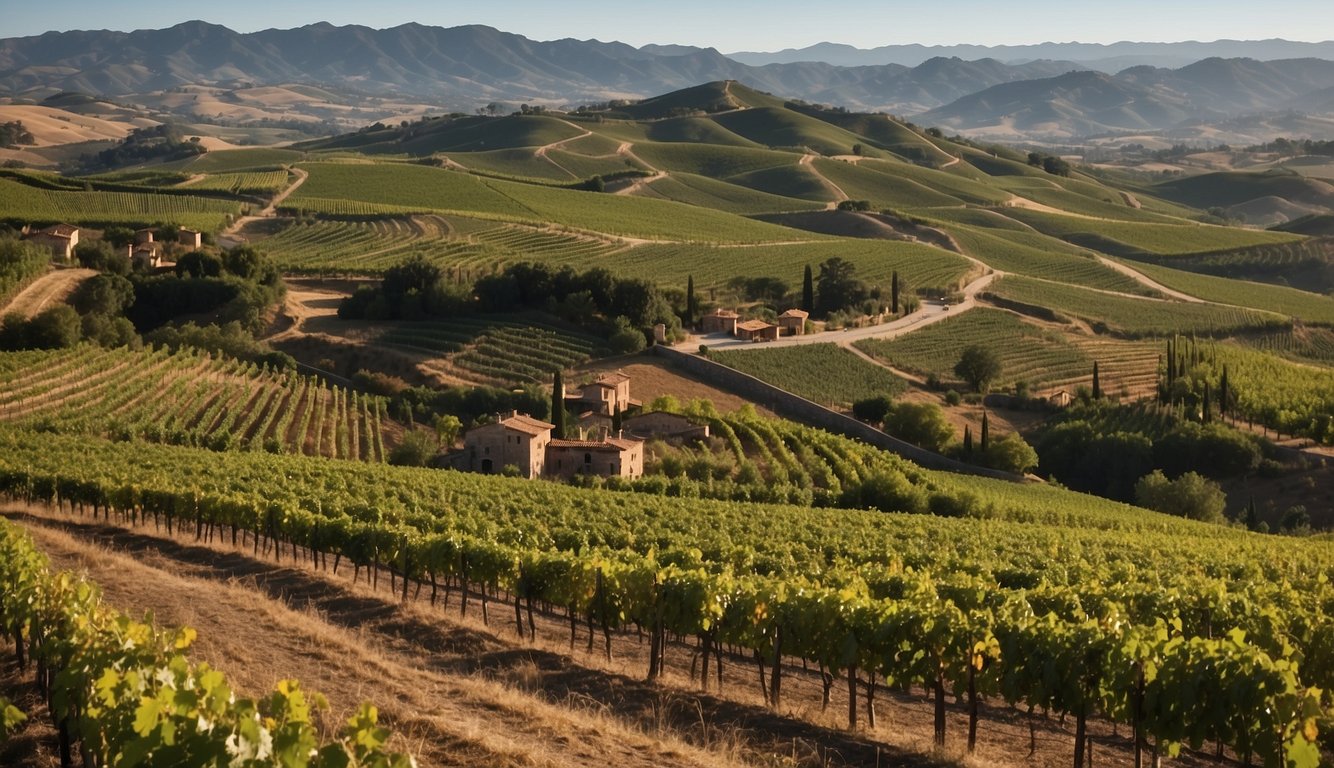
Winemaking has had a significant economic impact through tourism and government involvement. You’ll see how it boosts tourism, promotes local experiences, and the role of government in regulation and taxation.
Boosting Tourism and Enhancing Experiences
Winemaking draws tourists to vineyard-rich regions, enhancing local economies through wine tourism. Visits to wineries and vineyards create memorable experiences, making people spend on tours, tastings, and events.
Wine regions like Napa Valley attract thousands of tourists annually. These tourists not only purchase wines but also invest in the local economy through dining, lodging, and shopping.
Special events such as harvest festivals and wine tastings bring visitors, increasing demand for local products. This helps promote the area’s culture and heritage, while providing a steady income stream for wineries. You, as a wine enthusiast, can directly support local businesses and experience unique, enjoyable events.
Government, Taxes, and Regulation
Government plays a key role in regulating the winemaking industry. Taxes on wine sales contribute significantly to state and local revenues. In 2022, the American wine industry generated over $276 billion for the US economy. Of this, substantial portions came from taxes.
Governments regulate the quality and safety of wine production. These regulations ensure that what you consume is up to standards, thereby protecting consumer health.
Taxes on wine can also influence prices and consumption patterns. The funds raised from these taxes often go back into the community, supporting public services and infrastructure.
Regulations guide sustainable practices in winemaking, reducing environmental impacts. You benefit from knowing that the wine produced meets environmental and safety standards, while also contributing to broader economic and social structures.
